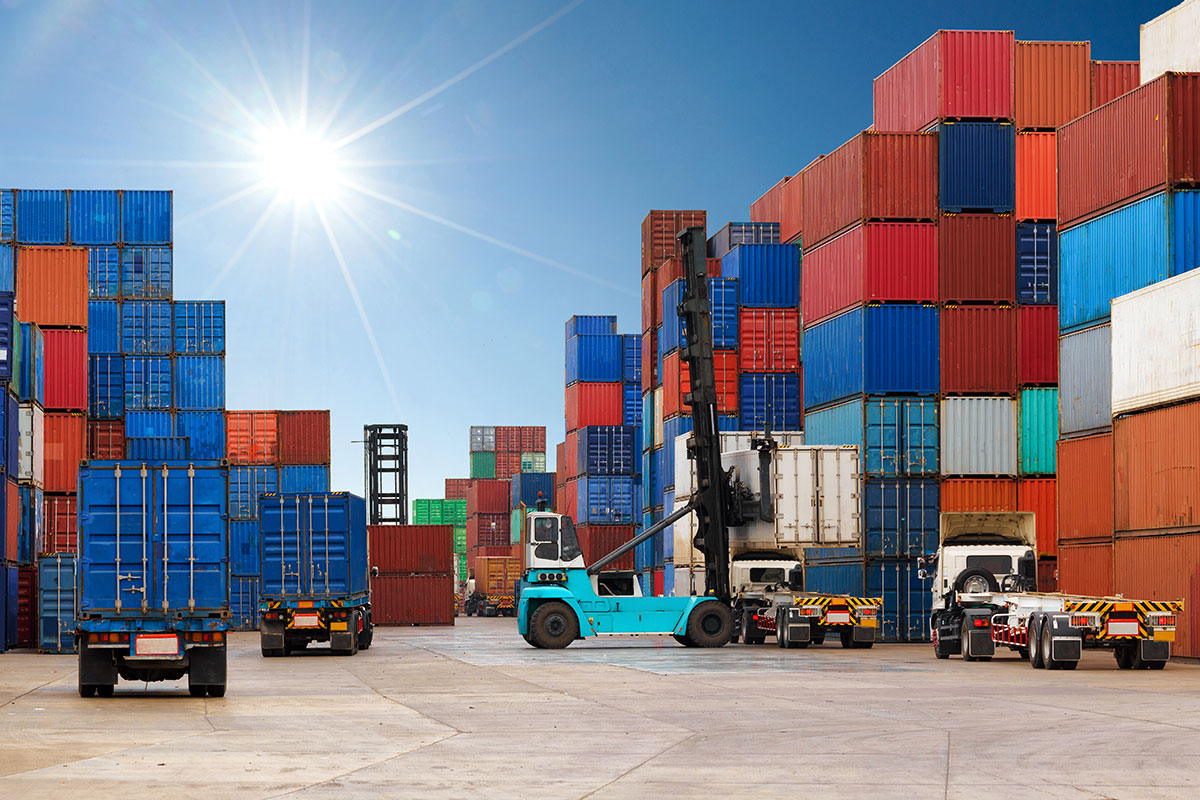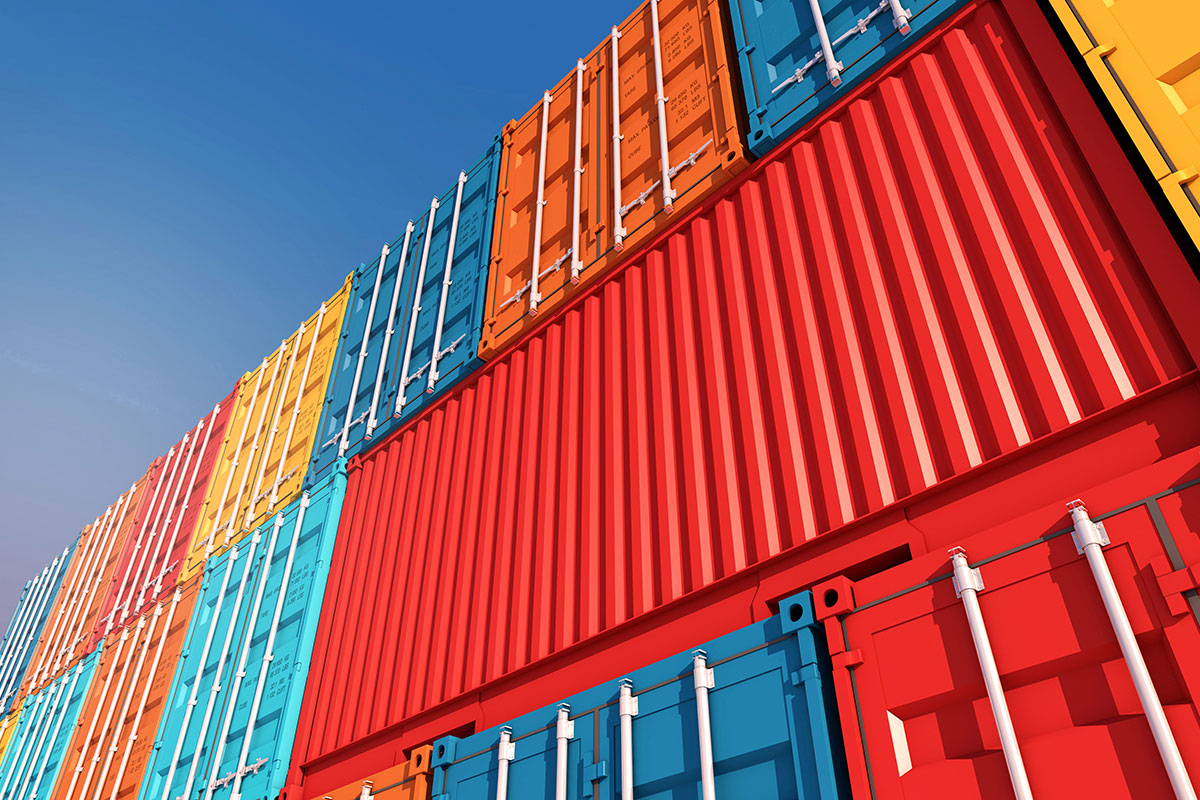Globax news
Blog
The Importance of Efficient Shipping and Logistics in E-Commerce Success

In today’s fast-paced digital world, e-commerce has become the dominant force in retail. Online shopping has skyrocketed, and consumer expectations are at an all-time high. One of the most critical components of a successful e-commerce business is shipping and logistics. The speed, accuracy, and reliability of product delivery can make or break a brand’s reputation. In this blog post, we’ll explore the essential role of shipping and logistics in the e-commerce industry, and how businesses can optimize their logistics strategies for long-term success.
Why Shipping and Logistics Matter in E-Commerce
Shipping and logistics go beyond just moving products from point A to point B. It’s about creating a seamless experience for customers and ensuring that their purchases arrive in a timely, accurate, and secure manner. Here’s why shipping and logistics are so vital:
- Customer Satisfaction:
The modern e-commerce customer expects fast delivery, accurate tracking, and flexible shipping options. A poor delivery experience — whether it’s a delayed package, missing items, or high shipping costs — can lead to customer dissatisfaction, negative reviews, and lost sales. - Brand Loyalty:
Efficient logistics can help foster brand loyalty. Customers are more likely to return to an e-commerce site that consistently delivers on time and provides a smooth, hassle-free experience. Brands that offer reliable delivery services build trust and strengthen their relationship with customers. - Competitive Advantage:
In an overcrowded e-commerce market, shipping can be a key differentiator. Offering fast, free, or discounted shipping can set a business apart from competitors and attract more customers. Companies that can master logistics will have an edge over their rivals. - Cost Management:
Efficient logistics also impact the business side. Reducing shipping costs, optimizing inventory management, and improving warehouse efficiency all contribute to better profit margins. Streamlined shipping processes can help businesses scale without incurring excessive costs.
Key Challenges in E-Commerce Shipping and Logistics
While shipping is essential, it’s not without its challenges. E-commerce businesses face several logistics hurdles that can affect their operations:
- Last-Mile Delivery:
The last mile of delivery — getting the package from the distribution center to the customer’s doorstep — is often the most expensive and logistically challenging part of the process. Urban congestion, rural deliveries, and rising customer demands for faster delivery times all add to the complexity. - Returns and Reverse Logistics:
Managing returns efficiently is a major challenge for e-commerce businesses. Customers expect easy, hassle-free return policies, but handling returns can be costly and time-consuming. Proper reverse logistics systems are necessary to manage returns, restock items, and process refunds. - Cross-Border Shipping:
For e-commerce businesses operating internationally, cross-border shipping introduces additional complexities such as customs clearance, duties, taxes, and longer shipping times. These factors can lead to higher costs and customer dissatisfaction if not managed properly. - Inventory Management:
Keeping inventory levels optimized is critical for avoiding stockouts and ensuring timely delivery. Poor inventory management can lead to shipping delays, missed sales opportunities, or excess stock that increases storage costs.
Strategies to Optimize E-Commerce Shipping and Logistics
To overcome the challenges and maximize the benefits of efficient shipping and logistics, e-commerce businesses need to implement the right strategies. Here are some key approaches to optimize shipping and logistics:
- Offer Multiple Shipping Options:
Providing customers with a range of shipping options — from standard delivery to expedited shipping — allows them to choose the option that best suits their needs. Some customers may prefer a cheaper, slower delivery option, while others are willing to pay extra for next-day shipping. - Use Advanced Shipping Software:
Shipping software can automate the process of selecting the best carriers, printing shipping labels, and tracking packages. This reduces manual errors and ensures that orders are processed quickly and efficiently. - Partner with Reliable Carriers:
Building strong partnerships with reliable shipping carriers is essential for maintaining timely deliveries. Partner with multiple carriers to ensure flexibility and to offer customers a variety of delivery speeds and pricing options. - Implement Real-Time Tracking:
Customers appreciate transparency, and real-time tracking systems allow them to monitor the status of their order every step of the way. This builds trust and helps reduce customer inquiries related to delivery status. - Optimize Warehousing and Fulfillment:
Efficient warehousing and fulfillment are key to meeting delivery deadlines. Organize your warehouse layout for fast picking and packing, and consider using fulfillment centers or third-party logistics (3PL) providers to handle storage and shipping on your behalf. - Focus on Sustainable Shipping:
As environmental concerns grow, many customers are looking for businesses that prioritize sustainability. Offering eco-friendly packaging and using green delivery options such as electric vehicles or carbon-neutral shipping can help attract environmentally-conscious consumers. - Prepare for Peak Seasons:
Peak seasons like holidays or promotional events can create a surge in demand. E-commerce businesses must plan ahead by ensuring sufficient inventory, coordinating with shipping carriers, and preparing for higher volumes of orders to avoid delays and overwhelmed logistics systems.
The Role of Technology in E-Commerce Logistics
Technology is playing an increasingly important role in optimizing e-commerce logistics. Here are some of the latest technological advancements helping businesses improve their shipping processes:
- Artificial Intelligence (AI):
AI is being used to analyze shipping data and optimize routes, predict demand, and improve warehouse efficiency. AI-powered tools help businesses automate order processing and identify potential logistics issues before they impact the customer. - Drones and Autonomous Vehicles:
Companies like Amazon are experimenting with drones and autonomous vehicles for faster last-mile deliveries. Although still in the early stages, these technologies have the potential to dramatically reduce delivery times and costs, especially in urban areas. - Blockchain for Supply Chain Transparency:
Blockchain technology allows for greater transparency and traceability in the supply chain. Every step of a product’s journey can be recorded on a blockchain, providing businesses and customers with accurate data on the location and condition of goods. - Internet of Things (IoT):
IoT devices such as smart sensors are being used to monitor the condition of packages in transit. Temperature-sensitive goods like food and pharmaceuticals can be tracked in real-time to ensure they are stored and transported in optimal conditions.
Conclusion
Shipping and logistics are critical components of any successful e-commerce business. By optimizing shipping processes, embracing the latest technology, and focusing on customer satisfaction, e-commerce companies can not only improve their operational efficiency but also gain a competitive edge in a crowded market. As the e-commerce landscape continues to evolve, businesses that prioritize innovation and efficiency in their logistics strategies will be best positioned for long-term success.






























